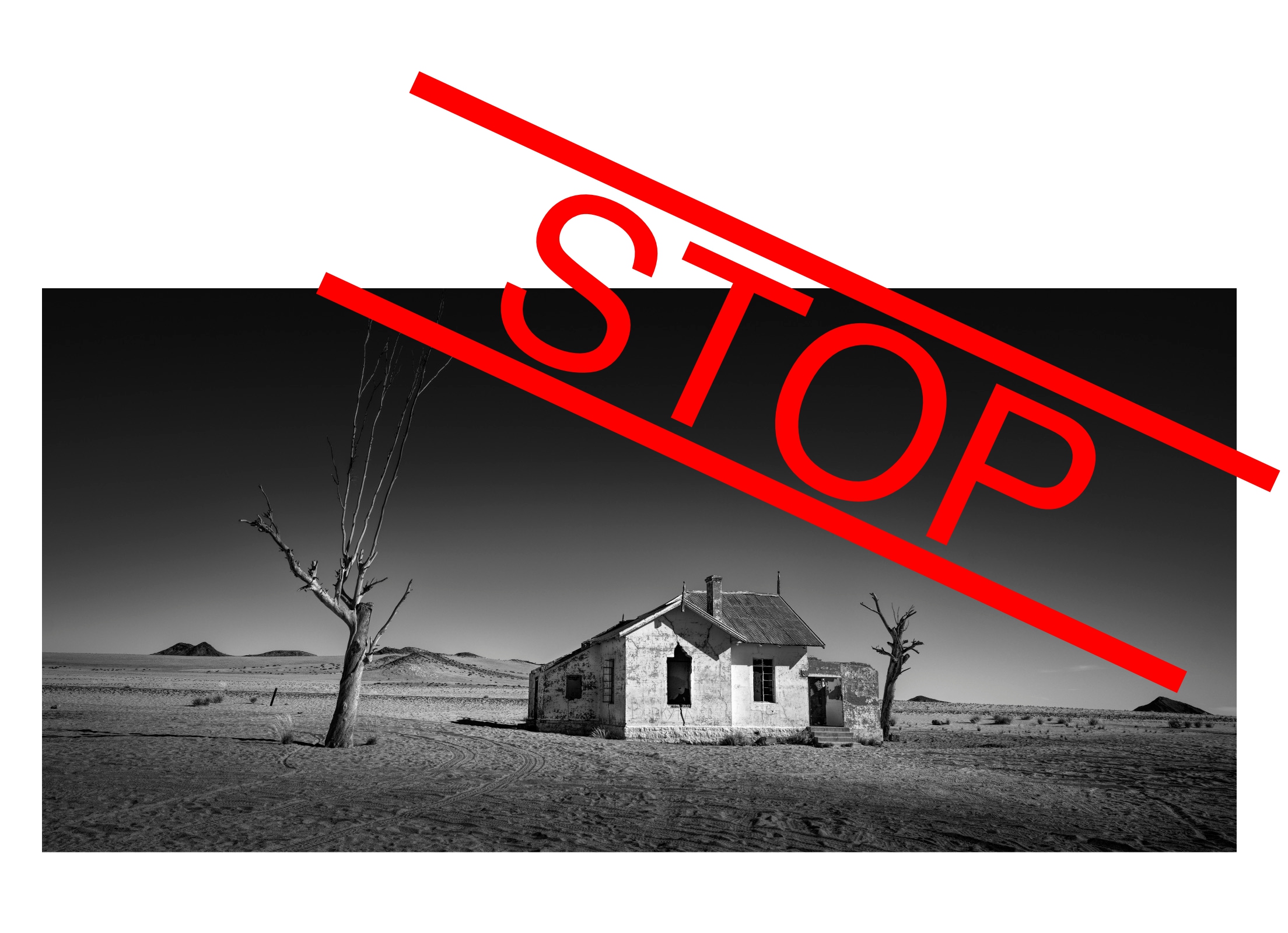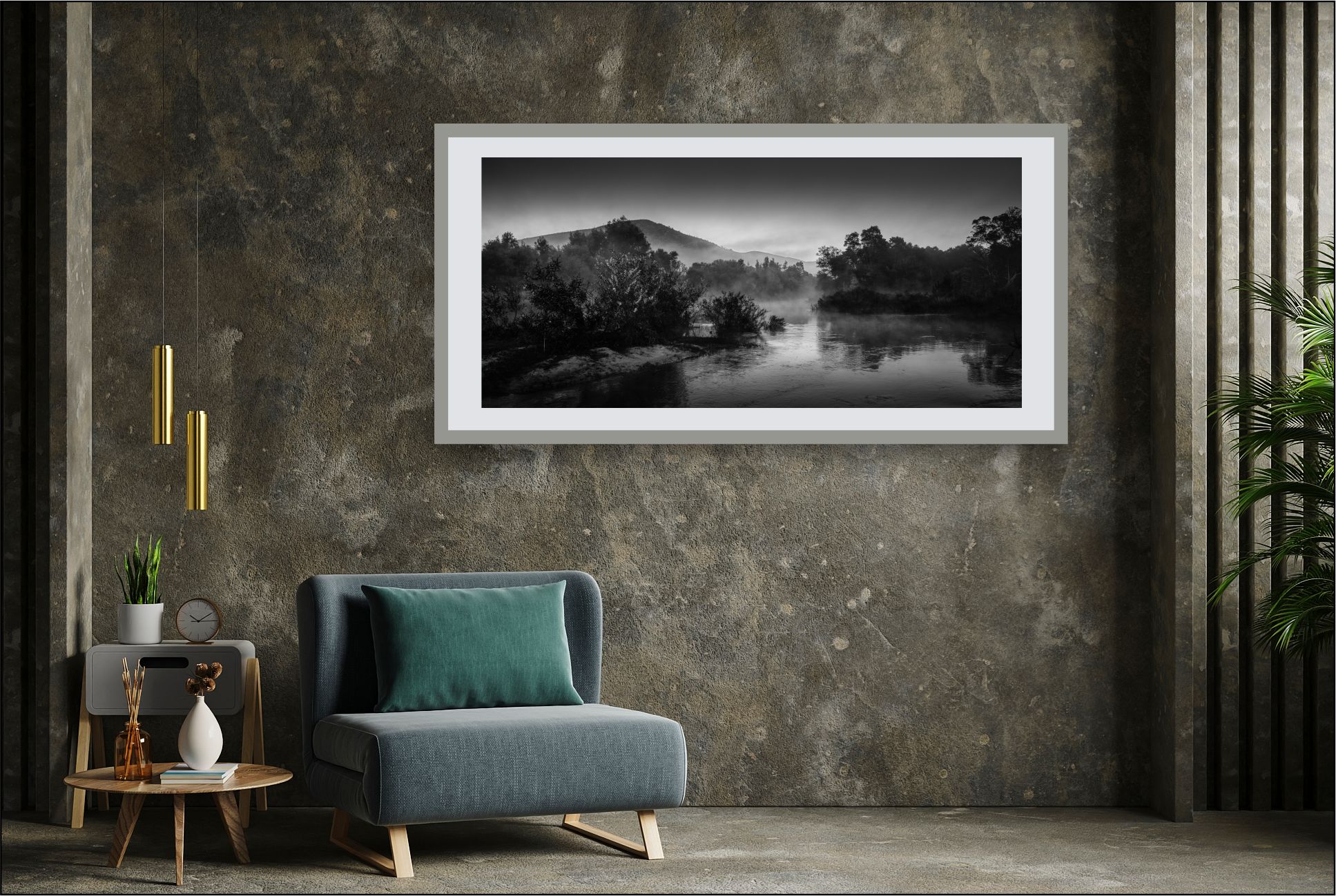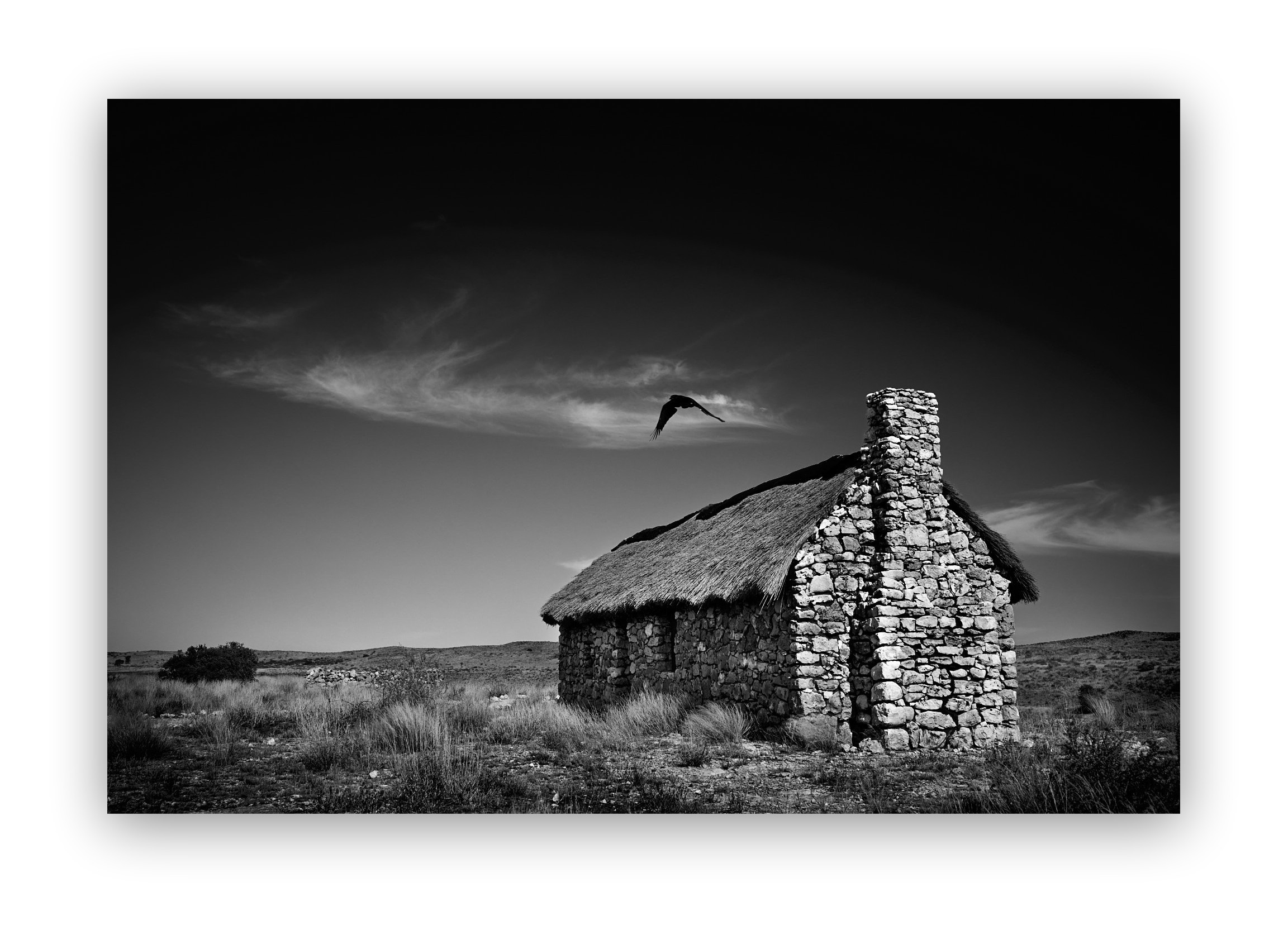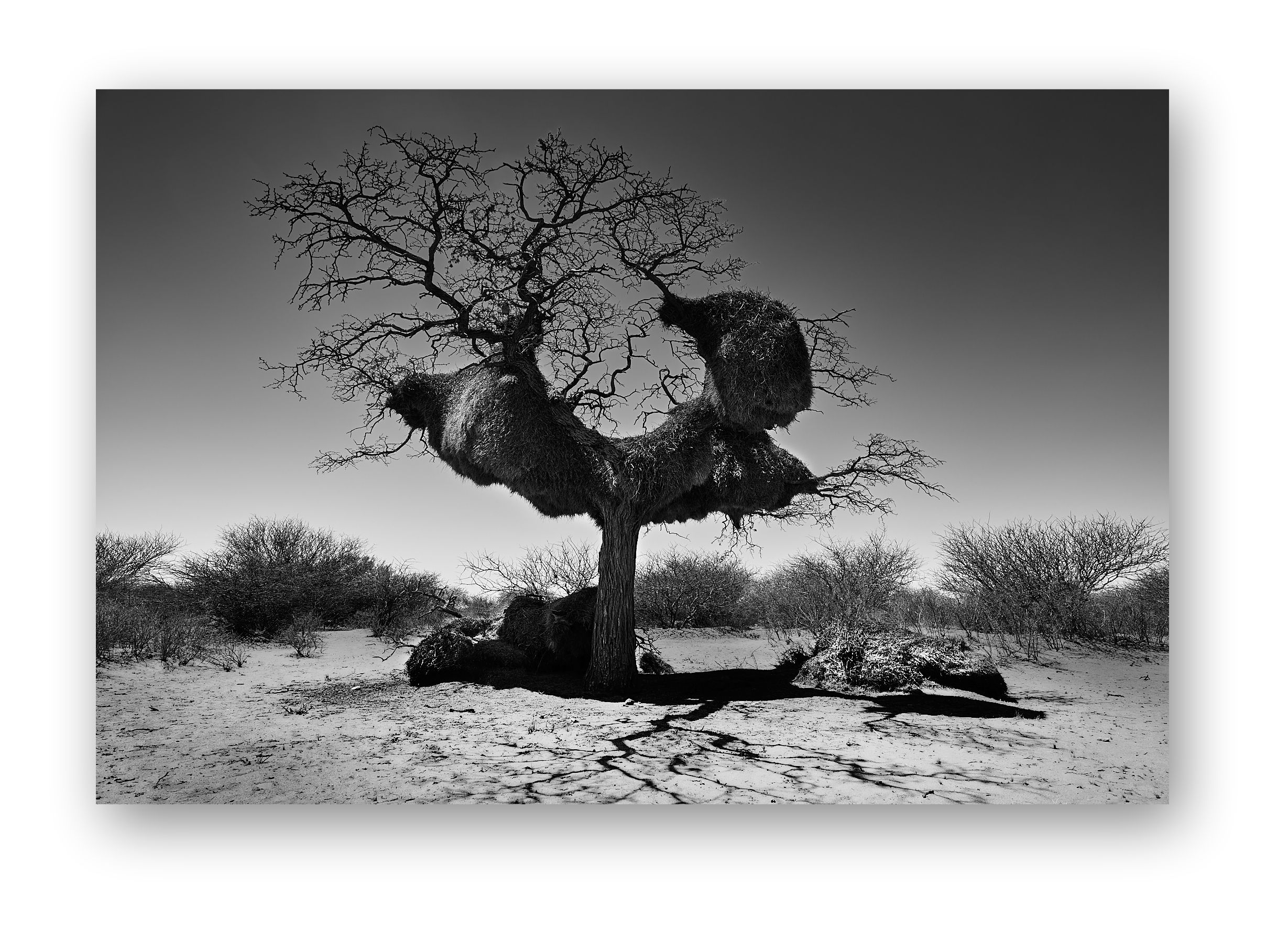The plains zebra (Equus quagga) is one of the most recognisable animals in the world due to its distinctive black and white striped pattern. Unfortunately, this iconic species has now been listed by the International Union for Conservation of Nature (IUCN) as ’Near Threatened’ as of 2016.
In the past few decades, the population of plains zebras declined dramatically, with estimates suggesting the total number fell by over 30%. There are several reasons for this decline, including human exploitation of species and their habitat, hunting for meat and hides, mining, and competition with domestic livestock for resources.
The demise of the zebra species would have a devastating knock-on effect on a large number of other species. Plains zebras play an important role in the balance of the ecological system in which they occur. As herbivores, they play a crucial role in maintaining the balance of grasslands and savannas by grazing on a vegetation that is not easily grazed by other animals. They are therefore considered “pioneer” grazers preparing the way for other species to thrive.
Let’s remember that over the past few decades human actions also brought the rhino population close to extinction, created biodiversity hotspots such as in the Richtersveld, reduced fish populations in our oceans, and had countless other consequences. What part of our everyday behaviour will scientists attribute to the silent demise of our natural heritage? More importantly, what will we tell our children?
LET THE BLIND SEE
We must no longer be blind to how important our seemingly careless human behaviour in our everyday life could result in catastrophic consequences.
In my art series, I included an image of three zebras I captured during a dusty heat wave. They have an important story to tell. This story is not only about their survival but also about our own future.
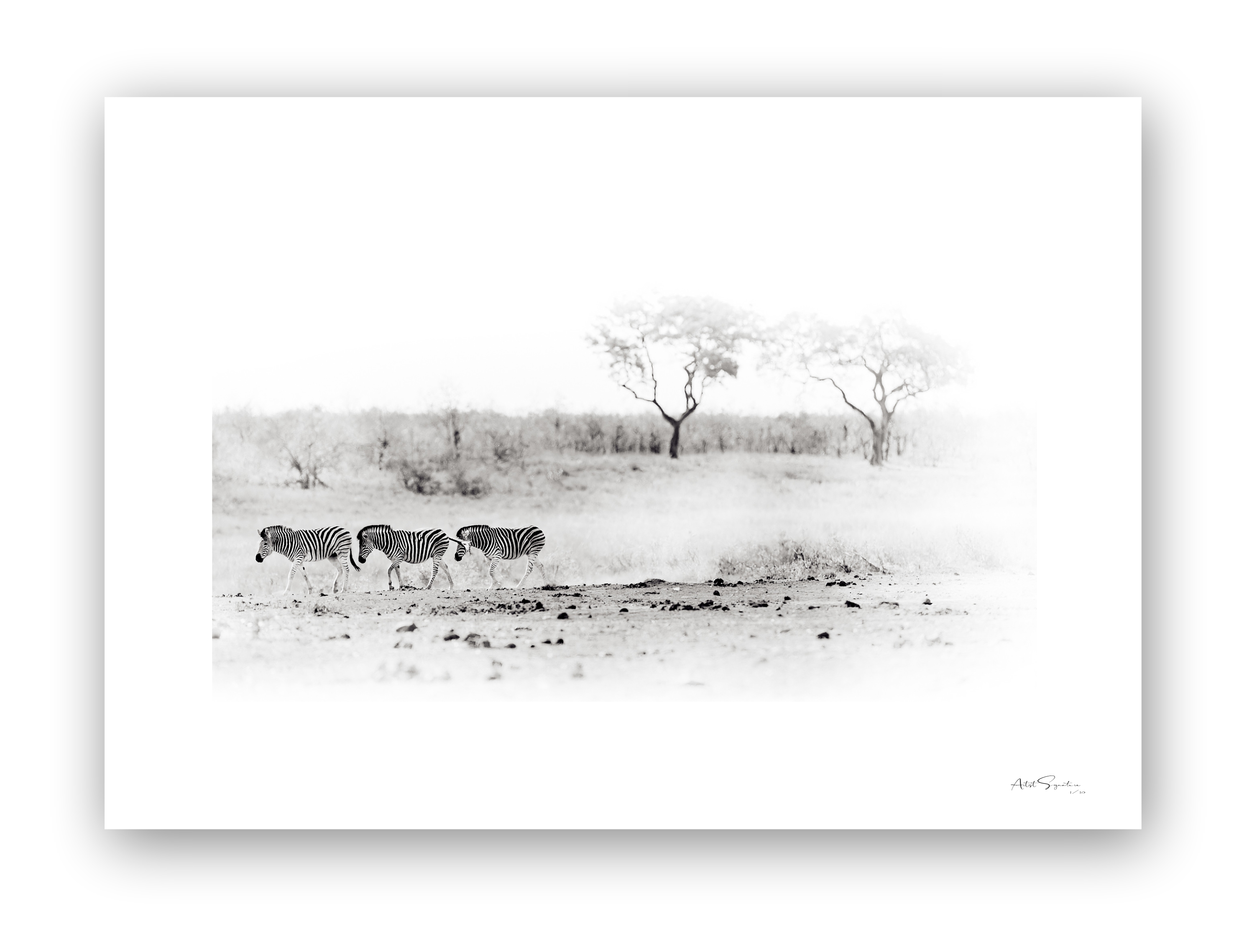
This image haunted me for a long time after capturing it, until finally my eyes were opened. It was as if I experienced a vision of the stark reality ahead.
The high-key image shows the zebras walking silently in single file out of their bleached, hot, and dry environment. I saw the edge of the frame they were approaching as the dreaded line of “extinction” not only for them, but for all those who depend on them.
What haunted me most was the inescapable feeling that the last zebra was trying to tell me something. Her eyes were blinded by the wind blowing the tail of the zebra ahead of her, right across her eyes. It felt like the message was "Stop being blind to what is happening to us and the environment. Act now before we all reach the edge!"
OUR HUMAN INTERACTION
My entire art series which I named “The Allure of Africa” explores our human interaction with the natural world. It seeks to open our eyes and minds through juxtaposing the beauty of the African landscape with the stark reality of the challenges facing its future existence.
We seem to have lost sight of the underlying problem and need to constantly remind ourselves that the fate of nature has a direct impact on our own existence and mental wellbeing.
WE UNINTENTIONALLY CREATED A STATE OF ALIENATION
Whilst the idea of creating demarcated areas of ‘pristine nature’ is commendable and has obvious benefits, that idealised vision unintentionally led to devastating consequences. We created a mindset and culture where humanity is seen as existing in a bubble separated from nature.
In our state of alienation, our actions no longer seem to have any consequences on the natural world that exists in apparent isolation to our human environment. This couldn't be further from the truth. When we talk about climate change we often place the blame on the industrial giants of the world. Too often we forget that our daily actions are just as important. The culture of littering our human habitat with single use plastic that ultimately finds its way into our rivers, wetlands, and oceans is a classic example.
In his keynote address at Ireland’s second National Biodiversity Conference in Dublin Castle, Taoiseach Micheál Martin summed it up perfectly.
“Too often, we forget that we all depend on nature for everything we have,” he said. “What is good for nature is ultimately good for society and the economy. Sometimes we have lost sight of this – we didn’t understand well enough the ecological consequences of our actions, or the social or economic prerogative did not take the value of nature into account.”
He also added "Climate change accelerates biodiversity loss, and biodiversity loss drives climate change."
SUSTAINABLE DEVELOPMENT
The Sustainable Development Goals (SDGs), were adopted by the United Nations in 2015 as a universal call to action to end poverty, protect the planet, and ensure that by 2030 all people enjoy peace and prosperity. The 17 SDGs are integrated—they recognize that action in one area will affect outcomes in others, and that development must balance social, economic, and environmental sustainability.
The need to explore all possibilities that will influence and align our current urban experience with environmental sustainability has never been greater.
EDUCATING ON SUSTAINABILITY
At a recent lecture about sustainability given by Kristina Centnere, she said “It’s not the planet we are fighting for, the planet will do just fine without us. It’s our own extinction we are looking to prevent.”
She also pointed out “Research done on an educated segment of the population revealed that only 37% could accurately connect their own micro actions, such as recycling their daily coffee cup, to the macro effects that these actions have on the environment.”
To fix the problem we need to start understanding how we got to this point. More importantly, we need to understand the magnitude of the problem. How many of us are aware that in the last 60 years, the populations of wild animals has reduced by 69 percent? Are we aware the we have already cleared over 3 trillion trees? Do we know that 8 million tons of plastic litter ends up in our oceans each year?
Sustainability is no longer a luxury, it’s a necessity. Kristina sites education as the primary tool to address the problem and points out that because we all learn in different ways, we need to find innovative ways to educate people.
Education can reverse our blind assault on the planets’s natural habitat. The significant role that green energy, indigenous trees and a healthy ocean can play in restoring the balance cannot be overemphasized.
We believe that art is the ideal tool to start the process of getting people to make the connection between our own urban experience and the natural environment.
THE SECRET TO RE-BUILDING A RESPONSIBLE AND SUSTAINABLE RELATIONSHIP WITH NATURE MAY BE AS SIMPLE AS THE ARTWORK ON YOUR WALLS
One simple solution is to bring impactful scenes of nature into our living spaces so that we can start to reconnect with nature and realign our urban experience.
Our living spaces, workplaces, rest areas, and spaces that we frequent such as coffee shops provide the perfect location to hang artwork depicting nature scenes.
Consistent subtle exposure to these has the potential to create the greatest impact.
It's time to open our eyes and minds to the importance of re-building a responsible and sustainable relationship with nature and to accept that our natural world provides what is essential for our very existence.

